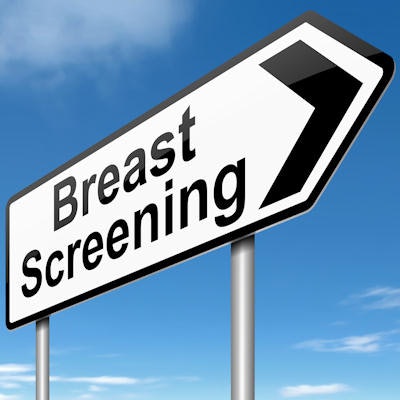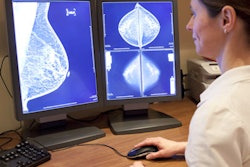
VIENNA - U.S. research shows that annual breast cancer screening starting at age 40 is the most effective way to reduce mortality from the disease, according to a presentation delivered on 13 July at ECR 2022.
In a session that explored the differences between European and American breast cancer screening protocols, Dr. Debra Monticciolo of Texas A&M University in Temple described why beginning screening at age 40 and continuing annually serves the heterogeneous population as is found in the U.S. Monticciolo has served as president of both the Society of Breast Imaging and the American College of Radiology. Dr. Ruud M. Pijnappel, PhD, of the University Medical Center Utrecht facilitated the talk.
Breast cancer screening efficacy has been investigated through randomized controlled trials and case-control studies, both of which have shown dramatic reductions in mortality when screening is implemented. But many of these studies were based on outdated data (and conducted using film-screen mammography and not necessarily focusing on the cohort of women between the ages of 40 and 49).
Monticciolo cited two service screening investigations that are more recent and show a dramatic mortality reduction benefit: The 2006 Swedish Organized Service Screening Evaluation Group study, which included 1.1 million Swedish women and showed a 30% mortality reduction among women invited to screen and a 40% reduction among those actually screened, and the 2014 Pan-Canadian Service Screen, which included 2.8 million women and found a 44% mortality reduction in women between the ages of 40 and 49 and a 40% reduction among women between the ages of 50 and 59.
Monticciolo then outlined various U.S. breast cancer screening strategies, noting differences in the mortality reduction rates.
| U.S. breast cancer screening strategies and mortality reduction | ||
| Protocol | Percent mortality reduction | Deaths averted |
| American College of Radiology/Society of Breast Imaging (annual screening between the ages of 40 and 84) | 40% | 29,369 |
| American Cancer Society (annual screening between the ages of 45 and 54, biennial screening between the ages of 55 and 79) | 31% | 22,829 |
| U.S. Preventive Services Task Force (biennial ages 50 to 74) | 23% | 17,153 |
"The rate of deaths averted is best with annual breast cancer screening starting at 40 and worst with biennial screening starting at 50," Monticciolo noted. "What the task force [a U.S. government agency] is trying to do is reduce the most mammograms. We'd like to save the most lives."
Diversity and risk
Monticciolo lauded European researchers for their work investigating the benefits of breast cancer screening but also noted that the diversity of the U.S. population demands a different framework for risk assessment -- one that has been lacking.
"If it wasn't for European work on screening, I don't know where we'd be," she said. "Europe has led the way in breast cancer screening, and we're grateful for that. But the U.S. population is more diverse, and we have to address that diversity."
To that point, Monticciolo explained that compared to their white counterparts, Black American women are at higher risk of the genetic mutation for breast cancer, they have a two-fold higher rate of triple-negative disease, a 40% higher mortality rate, a younger incidence of advanced disease, and they are more likely to die of breast cancer at every age.
Monticciolo reviewed research conducted by herself and R. Edward Hendrick, PhD, of the University of Colorado in Denver that sought to update current breast cancer risk guidelines to be more inclusive by age and race. Monticciolo cited the following findings:
| Breast cancer diagnosed under the age of 50 in U.S. women by race | |||
| Race | Percent invasive cancer diagnosed under age 50 | Percent of advanced-stage cancer in women under age 50 | Percent of breast cancer deaths in women under age 50 |
| Non-Hispanic white | 15.3% | 20% | 7.6% |
| Non-Hispanic Black | 22.1% | 26.3% | 16.1% |
| Asian/Pacific Islander | 27.9% | 33.6% | 17.5% |
| Native American | 29.4% | 29% | 12.4% |
| Hispanic | 29.4% | 36.1% | 20.1% |
| All minorities | 26.3% | 31.6% | 17.3% |
Decisions made by women, not for them
The main take-home point regarding breast cancer screening in U.S. women is that delaying regular mammography, even to 45 or 50 years of age, leads to unnecessary loss of life, especially among minority women, Monticciolo said.
"Waiting to start breast cancer screening until 45 or 50 is a bad idea for all women in the U.S., but particularly for women of color," she noted. "[These women] are not being served by current screening guidelines. I'm hoping that [our research will prompt] a conversation about starting screening at younger ages [and offering] more contrast-enhanced screening and MRI to women at higher risk."











